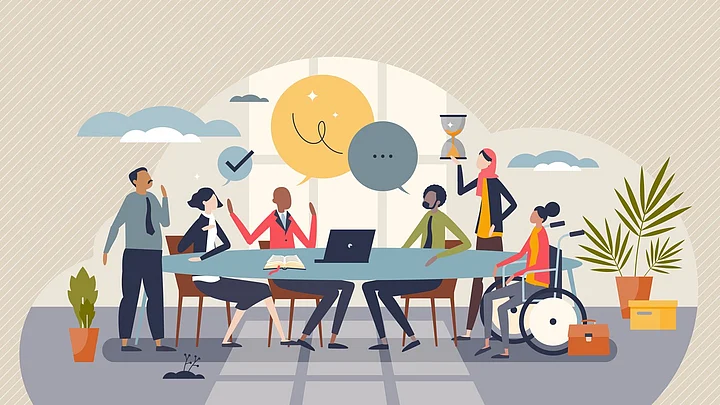[This story has been produced as part of our campaign, #DisabilityInclusion: A Billion Reasons For Change, for IDPWD 2024. Learn more about Accenture's Disability Inclusion initiative.]
The International Day of Persons with Disabilities serves as a global reminder of the importance of building inclusive workplaces where everyone, regardless of ability, can thrive. With millions of individuals facing unique challenges, fostering accessibility and inclusion is not just a moral imperative but a strategic advantage for organizations. Inclusive practices empower employees, drive innovation, and create environments where diverse talents can shine, ensuring no one is left behind in the pursuit of progress and equity.
Parag Pande, Managing Director and Lead, Global HR Operations at Accenture, highlights the importance of creating a world where accessibility is seamlessly integrated into physical and digital spaces.
In an insightful article, he underscores that businesses prioritizing disability inclusion not only foster better work environments but also see measurable financial benefits. According to the Disability Inclusion Imperative report, inclusive companies generate 1.6 times more revenue and 2.6 times greater net income compared to their peers. Inclusion drives innovation, market growth, and employee well-being while tapping into the significant spending power of persons with disabilities.
Three Pillars of Accessibility
Physical Accessibility:
Accenture’s Accessibility Centers worldwide, including one in India, are equipped with assistive devices, ergonomic setups, and policies designed to meet the diverse needs of employees with disabilities.Technological Accessibility:
Innovations such as voice-to-text software, AI-powered apps for the visually impaired, and adherence to global accessibility standards make digital platforms inclusive and user-friendly.Cultural Accessibility:
Sensitization programs, leadership initiatives, and experiential learning create a culture of empathy, enabling persons with disabilities to grow and succeed.
He highlights that inclusive practices not only improve workplace morale but also drive innovation and business growth, paving the way for a future where accessibility is a standard, not a privilege.
